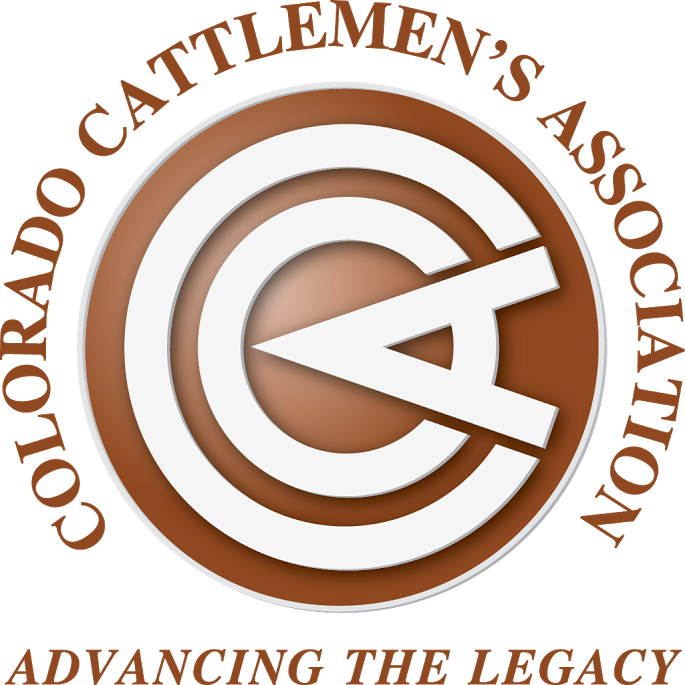

Recorded Workshop: Water and Resource Monitoring
June 11, 2020
| 1:00 – 1:10 |
Introduction – Greg Peterson, Executive Director, Colorado Ag Water Alliance |
| 1:10 – 1:40 |
Middle Colorado Watershed Ditch Inventory - Wendy Ryan, Project Manager, Colorado River Engineering |
| 1:40 – 2:10 |
“Ag Producer Survey Results: Watershed & Stream Management Planning” - Phil Brink, Consulting Coordinator, Ag Water NetWORK |
| 2:10 – 2:40 |
“Protecting West Slope Water Users in Times of Uncertainty” - Zane Kessler, Director of Government Relations, & Jim Pokrandt, Director of Community Affairs, Colorado River Water Conservation District |
| 2:40 – 3:10 |
“Range Monitoring: Strategies for Making it Happen.” –Retta Bruegger, Regional Extension Specialist, CSU Extension |
| 3:10 – 3:30 |
“Grant and Loan Options and Getting Irrigation Projects Funded” - Greg Peterson, Executive Director, Colorado Ag Water Alliance |
| 3:30- 4:30 |
Questions & Discussion |
Ag Water NetWORK 2020 Project: Ag Outreach and Training on Watershed & Stream Management Plans
In December 2019, the Ag Water NetWORK received funding approval from the Colorado Water Conservation Board (CWCB) to help facilitate continuing outreach and training to the Colorado agricultural community on watershed and stream management planning. Those efforts have continued through 2020.
I. Project Purpose:
1) Increase awareness and understanding about Watershed Management Plans (WMPs) and Stream Management Plans (SMPs) among ag producers, and
2) Train prospective ag-oriented coordinators and volunteers who can lead and actively represent agriculture’s interests while engaging with other water stakeholders in watershed and stream management planning and implementation efforts.
II. Background: Colorado’s population growth could add another 2.5 million people by 2050.* As our population grows, demands on water increase. This increase comes not just from the municipal sector, but also from a growing water-dependent recreational industry and environmental interests that are seeking water for sustaining aquatic life and riparian habitat.
Colorado’s Water Plan’s goals by 2030: 
Around the state we have recently seen an increase in efforts to develop stream restoration and/or watershed management plans (see chart).
At their essence, watershed and stream management plans are created to identify local water-related problems and secure funding to fix them. Often water-related problems affect multiple types of users. For example, degraded river channel conditions can impair the ability to divert water for irrigation and municipal uses, and impair aquatic life and recreational uses.
Watershed Management Plans, also known as Integrated Water Management Plans, should be locally driven, non-regulatory, consensus-based efforts developed by local water stakeholders, which typically include agricultural, municipal, recreational, environmental, and industrial and utility interests.
Farms comprise about 48% of the land area in Colorado (NASS, 2017) not counting federal and state leased land. Agricultural producers also own and use most of the water in the state to produce food, fiber and fuel which contributes to the state’s $40B agricultural industry. Despite agriculture’s influence on how water and land in Colorado are used, agriculture has not always been at the table in watershed and stream management planning activities.
III. The Ag Water Network’s 2019 and 2020 projects have included the following tasks:
1. Statewide Survey of Colorado Agricultural Producers to better determine their perceptions and understanding of watershed and stream management plans.
2. Outreach events (workshops, presentations, webinars, publications) focused on raising awareness and understanding among ag producers regarding f WMPs and SMPs, as well as topics that are related to watershed and stream management plans. Many of these activities will be coordinated with the Colorado Ag Water Alliance (CAWA), and other ag water connected organizations (water conservation and water conservancy districts and basin roundtables). Outreach also includes meetings and presentations at industry conferences, and informative sessions with agricultural water stakeholders (surface and groundwater) focusing on WMPs and SMPs.
3. Training: Training workshops are designed to prepare prospective ag-oriented coordinators to engage locally with other water stakeholders on watershed or stream management planning activities. Ongoing post-training support is provided to help ensure coordinators have the information and resources they need to be successful.
IV. Benefits of Watershed / Stream Management Planning for Agriculture
Watershed planning and implementation efforts can yield benefits to agricultural producers and rural communities. Engaging with other non-ag water stakeholders early and often in the watershed and stream management planning process helps ensure agriculture’s interests are represented and included. Drought conditions make dialog with others even more important.
A. Potential Benefits to Agriculture include funding for:
-
Inventorying irrigation infrastructure and identifying improvements needed
-
Analyzing stream / river hydrology (flow regime, channel conditions, irrigation return flow impacts)
-
Assessing land use and runoff characteristics
-
Evaluating forest health / fire threat and prioritizing mitigation
-
Groundwater recharge area protection planning
-
Assessing surface and / or groundwater quality
-
Drought contingency planning (DCP) and Demand management planning
-
Identifying multi-benefit projects that can attract more funding, accomplish more goals.
-
Creating dialog with other water stakeholders that helps create allies outside the ag community
B. Overarching Project Goal: Through outreach and training, these efforts are designed to assist agricultural producers and ag-oriented leaders in identifying and implementing multi-benefit stream and watershed solutions that help preserve and invigorate agriculture in Colorado.
* State Demography Office population growth projections. https://demography.dola.colorado.gov/population/